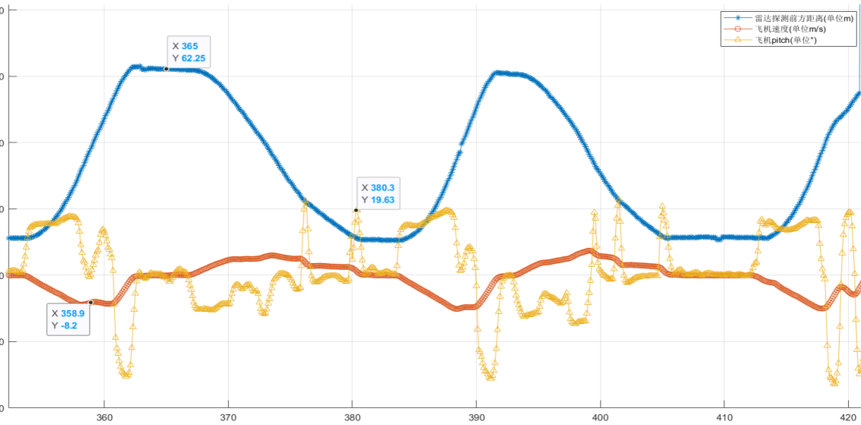Why resolution isn’t the only number that matters
You’ve seen it on datasheets:“5 mm resolution,” “1° angular accuracy.”Numbers like these make mmWave radar sensors sound almost perfect.
But when you install the sensor and start getting data, something feels off:
“The spec says 5 mm resolution, but my readings fluctuate by 2–3 cm. Why?”
Just like the concept of “true analog resolution,” radar resolution in theory can be very different from what you get in the real world.
In this blog, we’ll explain why that happens—and how you should evaluate radarprecisionin actual deployments.
Resolution, Accuracy, and Repeatability—What’s the Difference?
Let’s start by defining the basics:
-
Resolutionis the smallest change a sensor can detect (e.g., 0.5 cm in distance).
-
Accuracyis how close the measured value is to the actual value.
-
Repeatabilityis the ability to get the same result under the same conditions, time after time.
These terms are often used interchangeably—but they mean different things.
A radar with high resolution may still give unstable readings if it lacks good repeatability.
What Limits Effective Radar Precision?
Even high-spec radar sensors are subject to real-world limitations. Here are the three main factors that reduce usable precision:
1. Multipath and Environmental Reflections
Radar waves don’t just reflect from the target—they also bounce off walls, floors, ceilings, and objects nearby. These “ghost echoes” interfere with the main signal, leading to measurement shifts and jitter. This is especially common in indoor environments.
2. Variability in Radar Cross Section (RCS)
The strength of the radar echo depends on the size, orientation, and surface of the target. A person sitting upright reflects differently than someone slouching. A rotating object might appear to change position even if moving steadily.
3. Signal Processing Granularity
Behind every radar sensor is a chain of signal processing: FFT resolution, CFAR filtering, angle estimation, and post-frame smoothing. These operations reduce noise and false positives—but they can also smooth out fine motion, lowering effective resolution.
A Real-World Example: Monitoring a Stationary Person
Let’s take Linpowave’s60 GHz radar sensoras an example, commonly used for indoor human detection.
-
Detection range: 0.3–6 m
-
Specified accuracy: <0.1 m
-
Test scenario: A person sits motionless in front of the sensor for 30 seconds
-
Observed result: Distance readings fluctuate by 2–3 cm
Why? Because the human body is never truly static. Breathing, heartbeat, and subtle posture changes all influence the reflected signal—even without visible movement.
What You Should Actually Focus On
Instead of asking “what’s the resolution?”, ask:
-
How much fluctuation can my application tolerate?
-
Do I need to detect micro-movements (like fall prediction)?
-
Can I reduce interference by changing the mounting position or environment?
In most real-world scenarios,repeatabilityandstabilityare more important than theoretical resolution.
Practical Tips for Better Radar Results
To get better real-world performance from your radar sensor:
-
Choose the right radar model based on range and speed requirements
Explore Linpowave radar sensors → -
Minimize reflections by avoiding large flat surfaces in the field of view
-
Adjust threshold settings and filtering parameters to suit your environment
-
Test in your actual deployment environment, not just a lab bench
At Linpowave, we don't just design radar chips—we build end-to-end sensing systems tested in real-world conditions.
Our goal is simple: make sure your radar doesn’t just work in theory—it works where you need it most.



